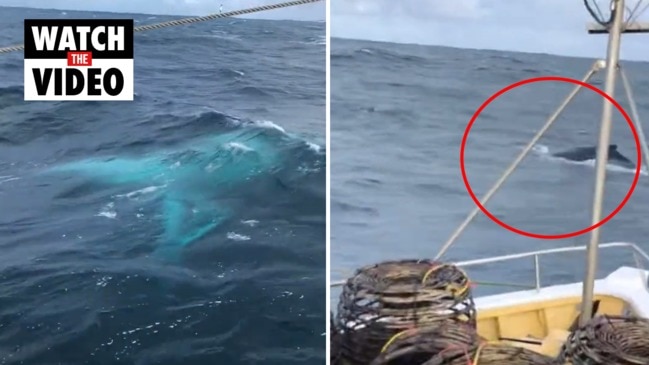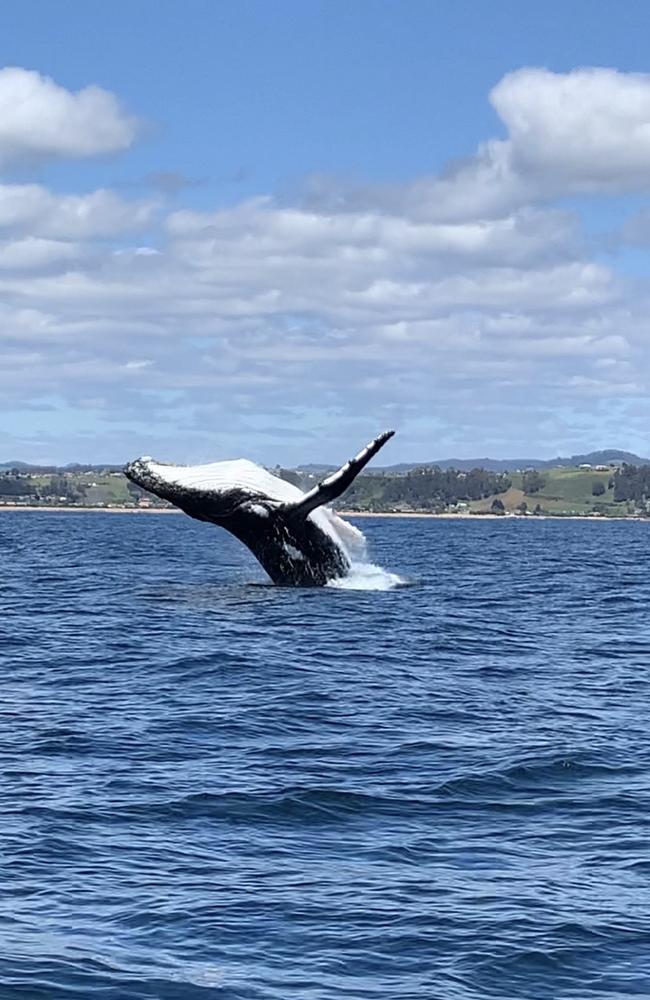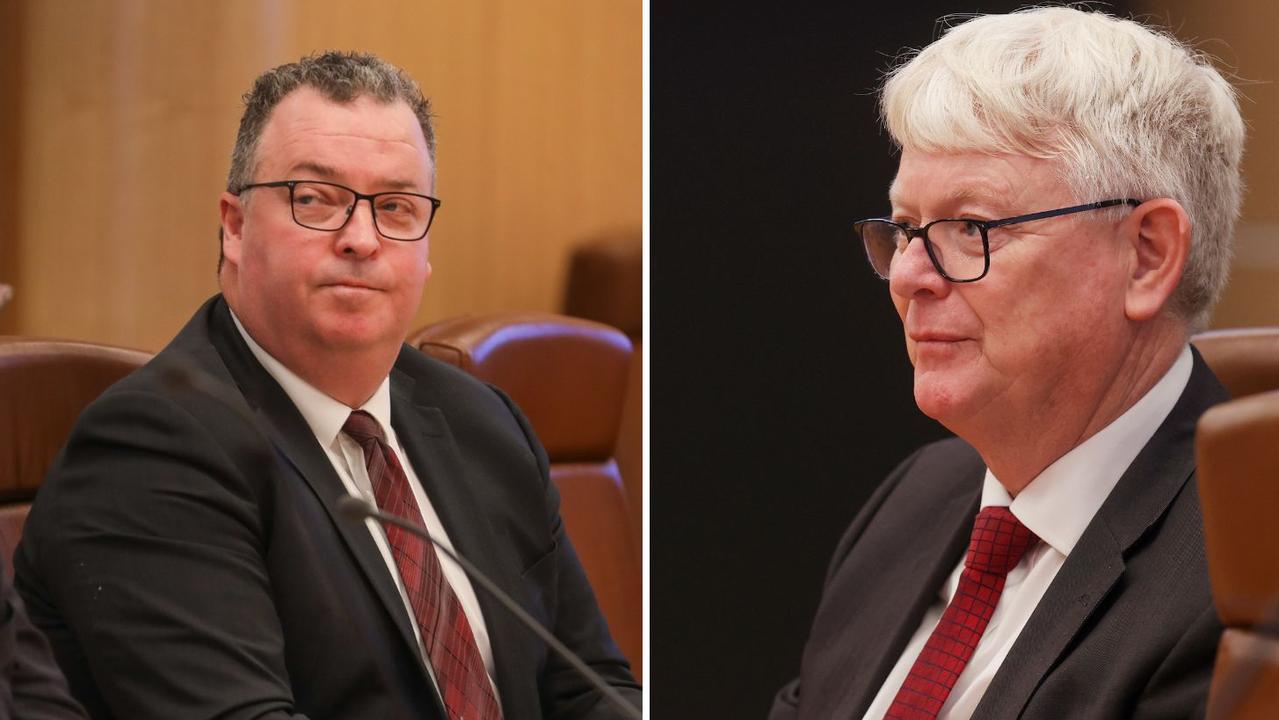The Tungsten mine at Grassy is firing back to life
Whale spotting and mining are strange bedfellows but the migrating mammals will be part of the blasting protocol as a Bass Strait mine fires back to life.

Tasmania
Don't miss out on the headlines from Tasmania. Followed categories will be added to My News.
NOT many mining operations need to check for whales before blasting but this will soon be the reality at the rebirthed tungsten mine on King Island.
The Dolphin Tungsten Mine, at Grassy, closed in 1990 and King Island saw a dramatic population decline as former miners left for jobs at other operations.
Now people are moving in and back to the Bass Strait community as Group6 Metals brings the tungsten mine back to life.
The plant is being built and tungsten will be mined again in November and shipped out to Austria and the US from March.
When production resumes there will be a couple of blasts each week.
Group 6 General Manager Chas Murcott said miners would look out to sea and put off any blasting if there are whales in the water as they migrate each year.
“Checking for whales will be part of our blast procedure and we have a great vantage point from the mine out into the strait,” Mr Murcott said.

There will be 100 people on site this month and 40 of those have already moved to the island.
“It has been a two-decade long haul to get this project back up,” Mr Murcott told delegates at the Tasmanian Minerals and Energy Council conference in Devonport on Wednesday.
He said the mine’s roster needed to be flexible to allow island life to continue.
“Our local grader operator starts at 10am so he can finish the school bus run before he clocks on,” he said.
Group6 Metals has brought in a mining camp and is building another 40-bed facility.
It also purchased a school campus at Grassy to provide accommodation.
The company received a $10m commercial loan from the Tasmanian Government last year and has since raised other finance to get operations underway.
Tungsten is used as electrodes, heating elements and field emitters and also as filaments in light bulbs and cathode ray tubes.
It is also commonly used in heavy metal alloys such as high speed steel, from which cutting tools are manufactured. It is also used in the so-called ‘superalloys’ to form wear-resistant coatings.
The mine has a current life of 14 years but Group6 Metals is looking for more ore.
“The last operators only mined half of the 20 million tonnes there and the price was a sixth of what it is today,’ Mr Murcott said.
More Coverage
Originally published as The Tungsten mine at Grassy is firing back to life




